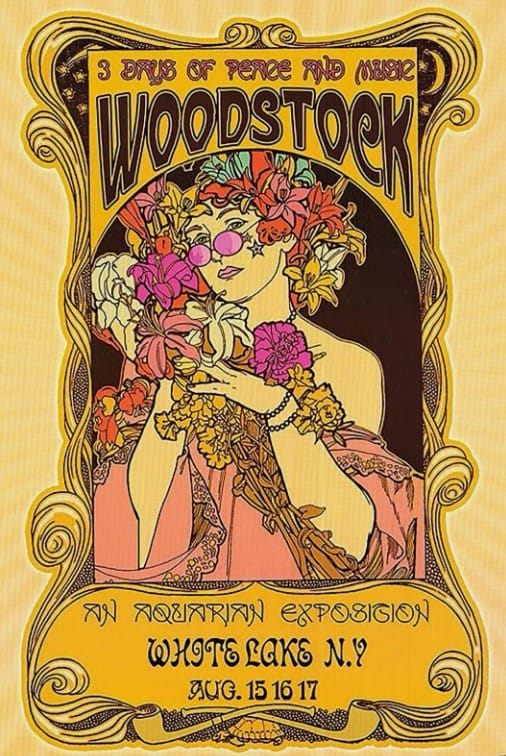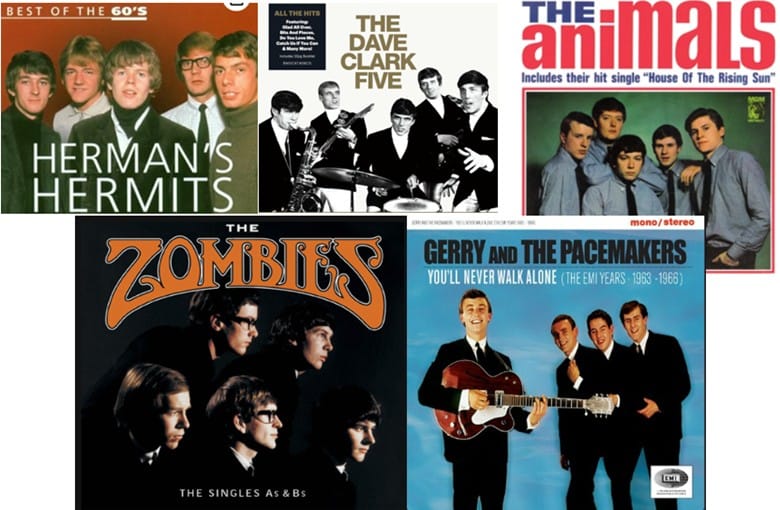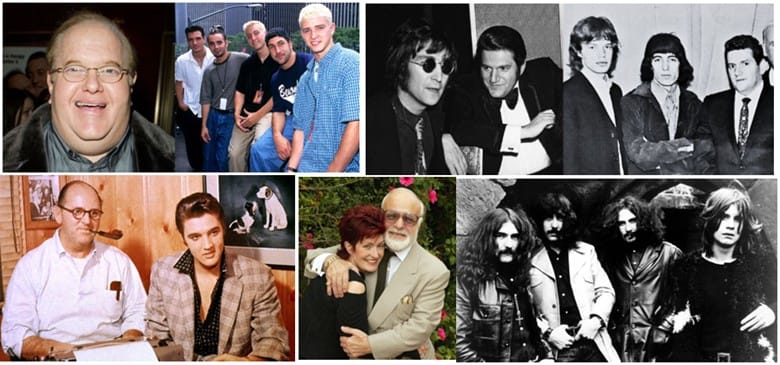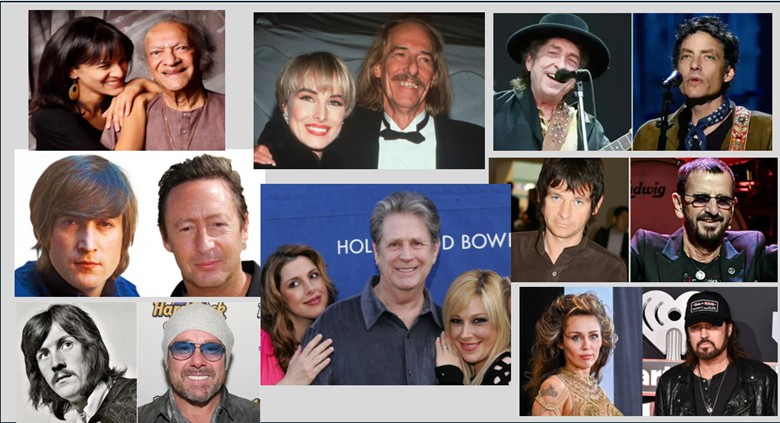Something special occurred on Max Yasgur’s dairy farm in Bethel, New York in August of 1969. What was originally intended to be a small music festival developed into the cultural event of a generation.
Woodstock concert 1969 was more than a concert; it was an experience. It was a phenomenon that embodied the 1960s counterculture ideals, as well as its hopes and spirit.
Woodstock concert 1969: Who Were They
Among the thirty-two entertainers, the festival included performances by Jimi Hendrix, the Who, Janis Joplin, Crosby, Stills and Nash, Creedence Clearwater Revival and the Grateful Dead.
Despite the large collection of rock and pop and folk headliners, Woodstock concert 1969 was about more than just the music. It grew to be a symbol of peace, unity and love during a period of immense social and political unrest. This was at virtually the peak of opposition to the Vietnam War.
Civil rights fights were being waged all over the U.S. and generational divides appeared unsolvable. Billed as “three days of peace and music”, the event was the culmination of changes in culture which had taken place across the previous decade.
Woodstock concert 1969 venue
Organizers anticipated an audience of about 50,000 however, word spread and almost half a million people arrived at the tiny New York farm.
Unfortunately, organizers of 1969 Woodstock concert started late with the site development and eventually ran out of time and ultimately, the fences were not built in time to be able to charge admission.
There were already tens of thousands of people in the fields a few days before the start of the festival. Some people had paid for tickets in their hometowns, but the vast majority just showed up and walked in.
Despite believing that this would be a lucrative undertaking, the event organizers lost more than $1 million hosting the festival.
The huge crowd of Woodstock concert 1969 overwhelmed the nearby infrastructure, creating traffic jams and shortages of food, medical supplies and water.
Yet despite these challenges, something incredible happened: Rather than chaos there was community and cooperation. Bad weather marred the festival with heavy rainfall turning the festival grounds into a mud bath.
However, the adversity appeared to bolster the feeling of the shared experience. Individuals helped strangers, shared what they had and took the elements as part of the adventure. Mud-covered hippies dancing in rain became a symbol of the festival’s spirit.
Impact of Woodstock concert 1969 Lineup
Woodstock was more than a music event, much more. It had been a cultural turning point which grabbed an era’s spirit and still inspires dreamers and musicians today. As Joni Mitchell stated in her song titled Woodstock, ” We are stardust, we are golden. We are caught in the devil’s bargain.
And we’ve got to get ourselves Back to the garden.” At least three versions of the song were released in 1970. In April 1970, Mitchell’s own version appeared on her album “Ladies of the Canyon” and as the B-side to her single “Big Yellow Taxi”.
A version by Crosby, Stills, Nash & Young appeared on their album Déjà Vu in March 1970 and became a staple of classic rock radio and the best-known version of the song in the United States.
A third version, by the British band Matthews Southern Comfort, became the best-known version in the United Kingdom and was the highest charting version of the song in the UK, reaching the top of the Singles Chart in 1970.
Paradoxically, Woodstock (the concert) also marked the end of the era. With the 1960s giving way to the much more cynical 1970s, the festival grew to be both the peak and the swan song of the hippie movement.
Yet its legacy continues to motivate and resonate with new generations that were never even born when these three magical days happened.
The festival epitomized the optimism and idealism of the 1960s youth movement. In a time characterized by political assassinations, racial tensions and an unpopular war, Woodstock proved that harmony and peace had been possible – even for 3 days.
It was a collective dream of a much better world where love overcame hate and music changed society.
Woodstock Legacy
Over five decades later, Woodstock concert 1969 remains an important symbol of how peace, music and love can unite people.
Even today, in an era of division and electronic isolation, the festival’s message of unity and human connection might be as relevant as ever before.
It reminds us that even during the tough times, rock and roll anthems music or siblings history and a shared experience can lift us from our differences and unite us.




